For several years now I’ve firmly believed that baits and rigs are relatively less important to tricking wary fish than line lay and disguising your end tackle. In modern carp angling, most decent baits will catch fish on their day, and enough is written about rigs for anyone to either make up something or buy it ready made. For me, that is often the easiest part of the puzzle as I’ve used the same bait for over 10 years now, summer and winter, and I am the first to admit that I know very little about bait. What I do have is a 100% proven bait, in my case Essential’s B5, and one that I can literally take anywhere and it will work. Even after all this time without changing it. So far in 2019 I have already fished three different waters and caught carp from all three venues, two of which I have never fished before! My angling always revolves around confidence, and with the belief I have in my bait, that is one less thing I ever worry about…
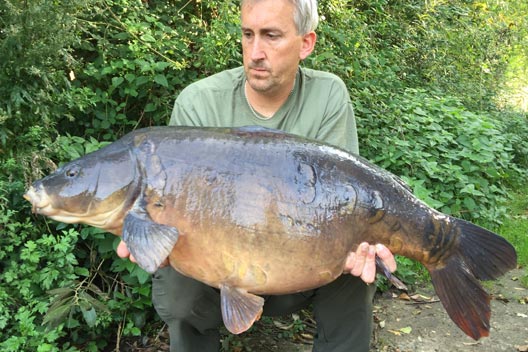
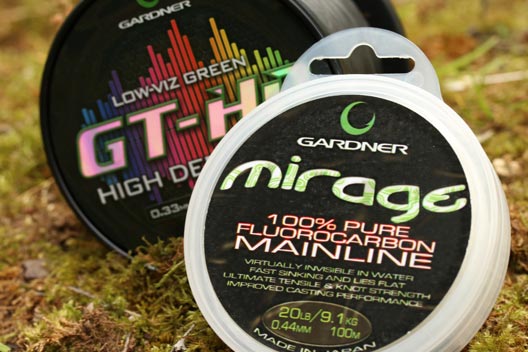
With the bait firmly in the confidence bank, rigs are the next aspect to perfect. Following on with my simple approach to bait, I find myself using just two or three rigs for over 90% of my angling. The most important thing to me is any rig has to be tangle free and hook fish when they pick it up. I can’t stand sitting there with my rods out, having doubts that I may be tangled. This can be especially frustrating on very difficult waters, or ones that may take a long time to get rods out fishing. For example, if you’re casting long range, or you’re trying to drop your rigs into precise spots that may be surrounded by thick weed or adjacent to snags.
I was recently shown a rig by a friend that he has done well on, and it was one that I’d never tried, let alone seen before. The one thing about it was that it was constructed with a very soft hooklink, that was also stripped back. On the back of his success, I decided that I would give it a go, only to wind it in the following morning to find it tangled! That was the end of that, so I cut it off and replaced it with my favourite hinged stiff rig made up with 20lb Mirage fluorocarbon boom. This may look a little crude in modern day terms, but coupled with a sharp Chod hook, it has outstanding hooking abilities, and is tangle free.
Another major advantage with stiff rigs is their resetting properties. Even after several pick-ups from birds they will still be fishing effectively. I’ve always personally liked rigs that kick the bait away from the lead by a rigid boom section when fished on a helicopter rig. This is important in that you can let the rig free run on the cast, without having to hold it back. Ideal if you’re fishing say under trees etc, plus you are presenting your bait at a hooklinks length away from you lead, thus giving you total control of how much play you want in your rig in hooking terms. Clear hooklinks like Mirage also give that covert edge and the ultimate in disguise.
With rigs and baits sorted we’re faced with the hardest piece to master and understand, namely line lay and presenting your rig and bait in the most covert manner. Several years ago I fished a water where boats were allowed. The middle of the lake had a large gravel plateau that rose up from around 12 feet of water, to within 5 feet from the surface, making it the biggest feature in the lake. The fish loved it too, as on warm days when the surrounding weed was really up in mid-summer, the fish would come out and feed on this plateau regularly. This one feature taught me two valuable lessons despite the success I enjoyed whilst fishing it.
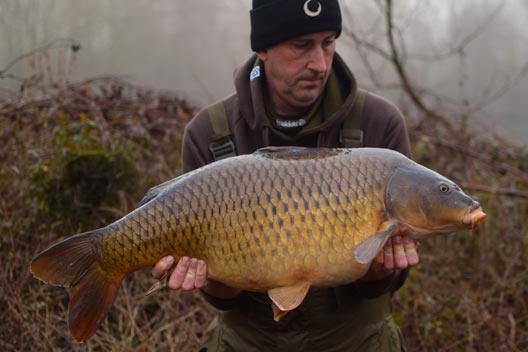
One hot sunny day when going out in the boat to bait up, I thought it would be interesting to see what my rig looked like on this gravel spot; with the crystal-clear water I knew it would be easy to see. So, I took a rod out with me and when I was above the spot, I lay the rig down and carefully extended the leadcore leader out as if I had cast it from the bank. This was a few years ago, and leadcore materials weren’t quite as advanced as todays softer versions, but I couldn’t believe how obvious it all looked. I had a black hooklink on, which stood out over the gravel like a section of the M25 running through it, and the leadcore was looped up proud from the bottom making it all so blatant. It made me realise that a bit of thought into what I was fishing over, and then how to pin my lines down was much needed.
Soon after this many of the anglers fishing the lake began fishing much longer, to other spots well past this feature. The consequence of this was that their tight lines were constantly fished over and through the plateau in mid water. This had a massive effect, in that the fish became wary of visiting this completely, as when they did, they must have regularly had contact with tight lines. What was once the best spot in the lake, almost dried up, simply through the presence of tight lines. That again made me learn that line lay is vital, and now I often spend ages ensuring my line between the rod tip and the lead, is hidden in the best possible way.

My starting point with this is choosing a main line that sinks well, and I mean really sinks! For years I loved the good old Insight’s “GR60”, but now I think the evolution of main lines has progressed so far, that strength, colour and sinking ability are common place. However, my favourite now is Gardner’s “GT-HD”, either in 15lb or 18lb depending on the range I need. The 15lb is 0.35mm and casts miles, but it is super strong and sinks almost like a fluorocarbon. If I add either a 20lb Mirage leader, or a length of Camflex, I am confident that it’s all pinned to the deck as best as it can be. It gives me the option of using a strong main line, that casts easily, but also one with covert properties. I will always use it if fishing in or near snags, in heavy weed or at ranges that I can’t hit with the Mirage main line.
This fluorocarbon is my first choice for most situations where I’m casting less than 80 odd yards. The Mirage in 14lb (0.35mm) will get you out that distance far better than thicker fluorocarbons, but still has excellent strength and abrasion resistance. The make-up of fluorocarbon is more stiff, so it doesn’t go through the rings as well as softer monos, but if you stretch it out before using it, and don’t overfill your spools, it can still be cast decent ranges. I love it, as the clear line is invisible, and soft enough when sunk to lay over all the contours of the lake if it’s sunk correctly and fished nice and slack. I have it hanging down vertically from my rod tips if circumstances allow, and often fish it all the way through to the lead, so impressive is its invisibility in water!
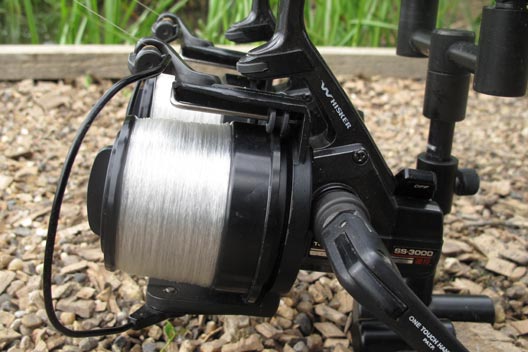
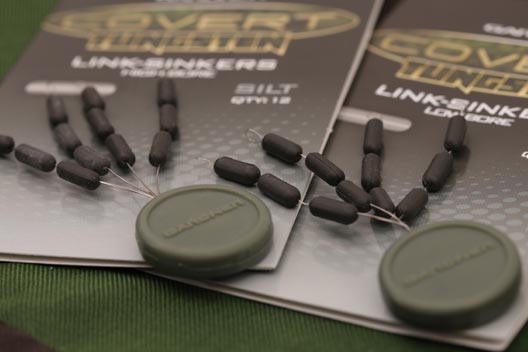
When set up with a clear hooklink, and a nice chod coloured lead, all you can see is the bait, even in the clearest water. Recently Gardner have bought out some Covert Tungsten Link-Sinkers, that grip the main line or hooklink, and pin them down. I add these onto all of my main lines, sometimes even adding rig putty over them to really nail it to the bottom. Little things like this are big edges on waters that see a lot of pressure and often overlooked by others.

With my increased use of fluorocarbon, both in my hooklinks and as a main line, I never felt the need to use leadcore, and for a long time it played no part in my angling. That was until Camflex Leadfree was shown to me. This had everything that the old versions didn’t have, its thin, and really supple as well as being a fantastic colour, in either the muddy silt or weed green, splices easily, or comes in 1m ready-made lengths. One look at it was enough for me to become converted again, and unless I’m using Mirage straight though, I’m now back to using these with all my helicopter set ups.
Lastly about line lay, I have found as well as sinking and disguising my main line as much as I can, another thing that can really fool wary carp is using different line angles. By that I mean rather than fishing a spot from the most obvious and maybe direct approach, I vary it by coming at the area from another direction. Simply going opposite and maybe fishing longer to hit it may work, but often if it is reachable from next door or any other bank, that can pay dividends and fish may then not encounter any lines at all, or at least be unfamiliar with this approach.


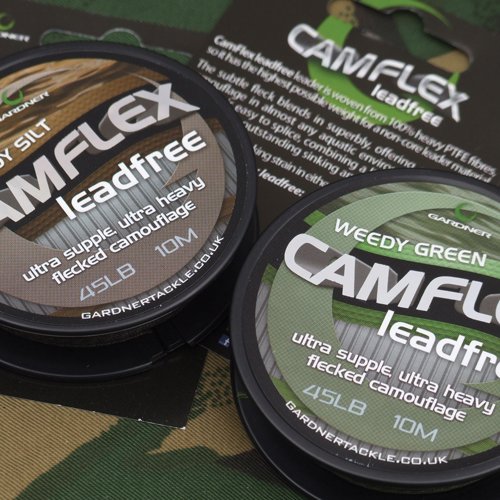
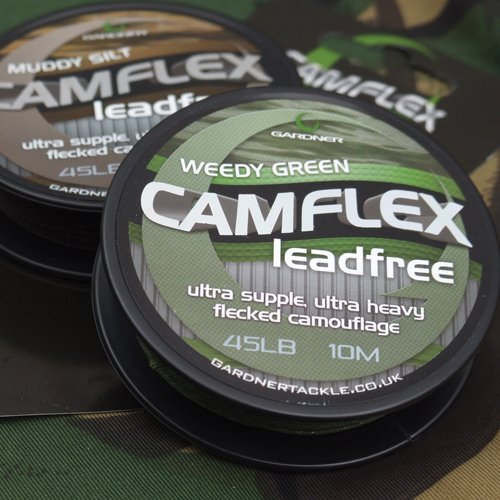
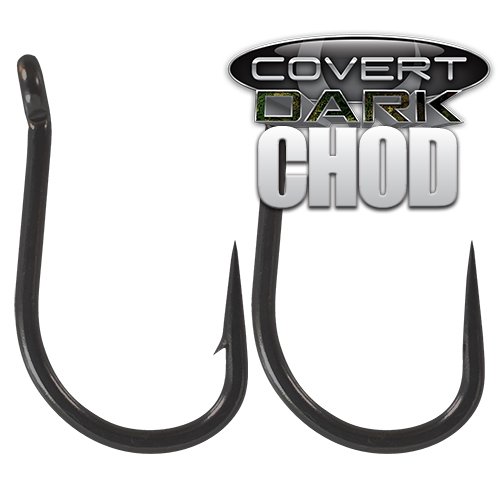
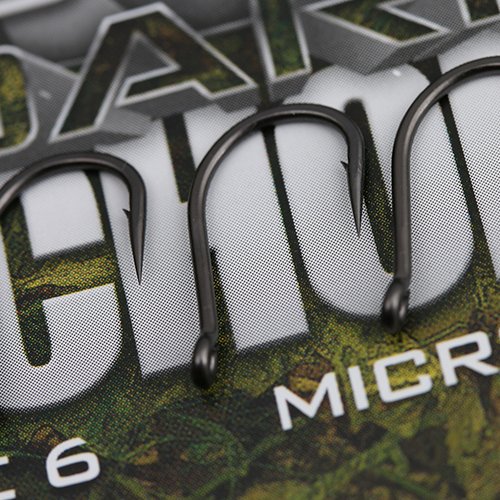
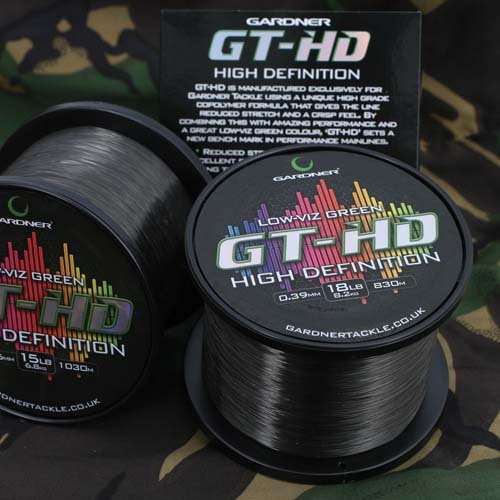
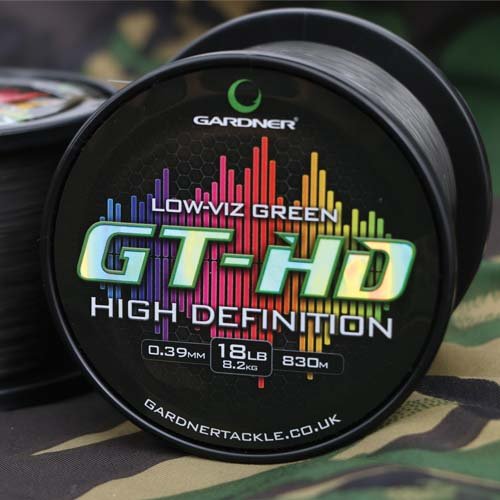
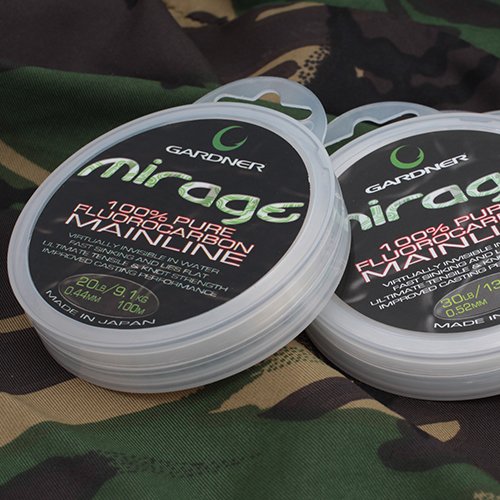
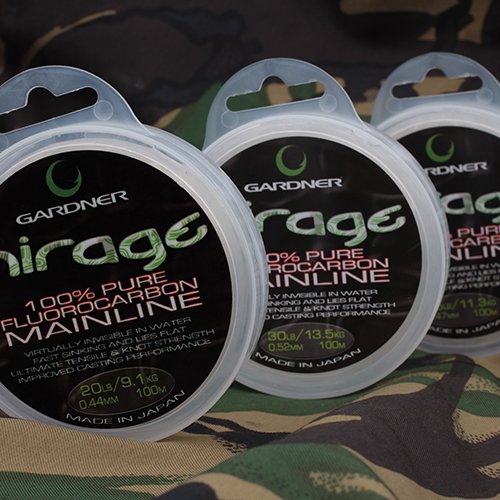


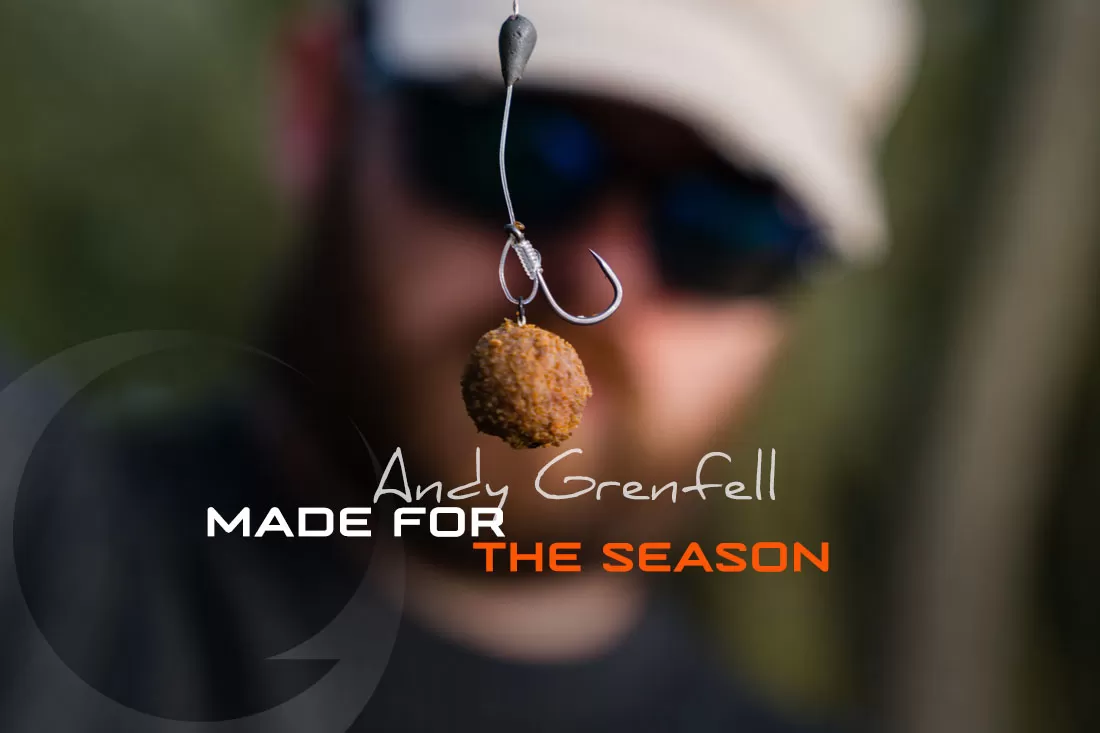
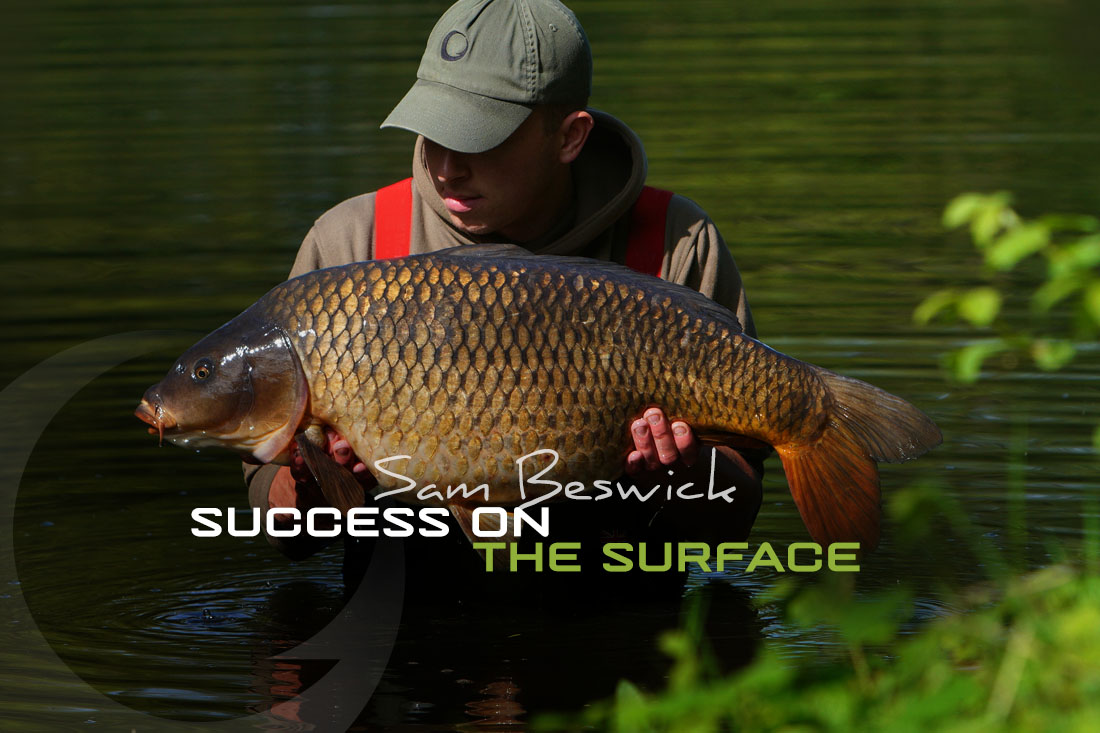

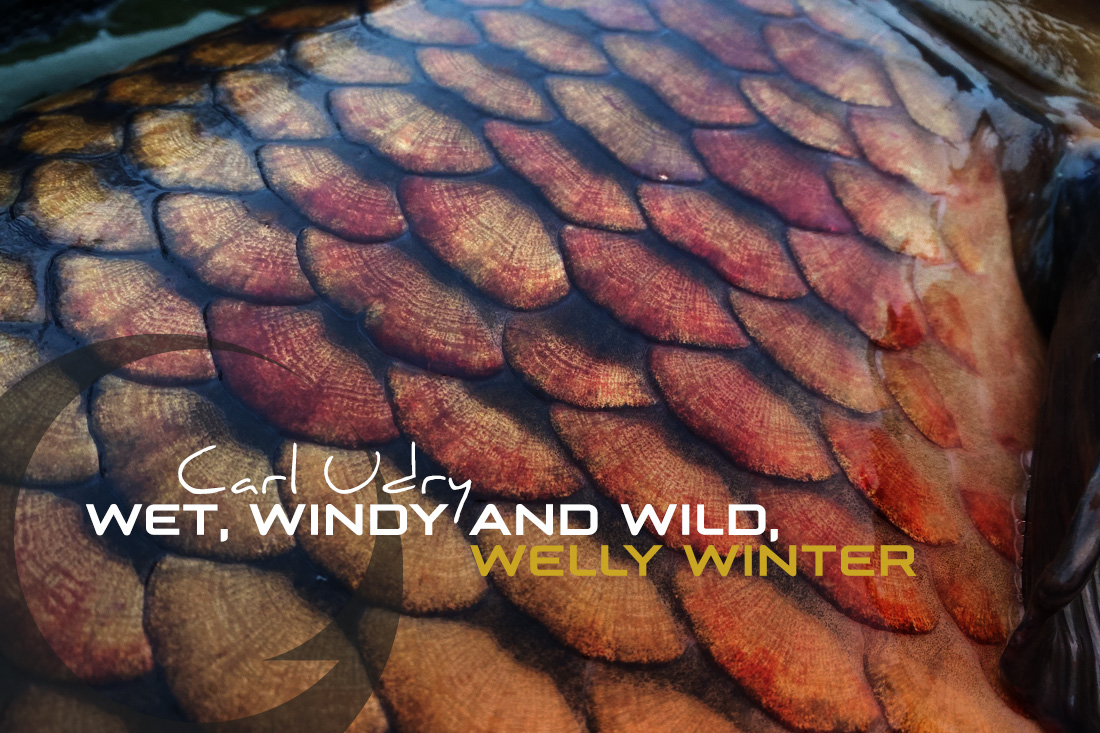
Leave A Comment
You must be logged in to post a comment.